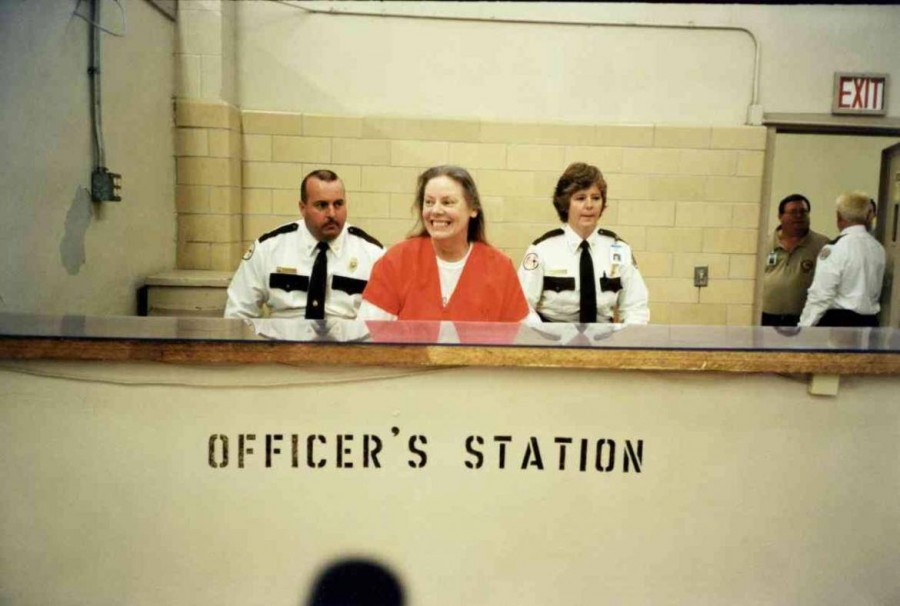TV True Crime is All the Rage
Aileen Wuornos is one of the serial killers featured on the SundanceNow Doc Club’s collection of documentary films titled “True Crime”.
February 17, 2016
Last Wednesday, the SundanceNow Doc Club, AMC Networks’ subscription-based documentary streaming service, announced the creation of a “True Crime” documentary film collection for subscribed viewers. The collection includes two films about serial killer Aileen Wuornos, as well as the seminal 13-episode French miniseries “The Staircase” which documents the trial of Michael Peterson.
The timing for this collection could not be any better; true crime shows have tapped into the collective consciousness of the American cultural consumer to the point where it would be foolish to consider this marked shift in programming as anything less than a budding trend. With the number of true crime shows that have emerged on the televisual landscape in the past calendar year, the supply does not seem like it could exceed the demand.
Showrunners and creators are appealing to the desires of the viewer and as each new true crime program appears, the simultaneous reverence and vitriol of the consumer follows suit. Many of the headlines emerging on social media platforms are about the hot button controversies that have been brought to light by true crime programming. Netflix’s 10-part series “Making A Murderer” has made significant waves documenting the trials and convictions of Wisconsin man Steven Avery for the murder of Teresa Halbach. HBO’s “The Jinx” followed the checkered past of real estate mogul Robert Durst, effectively cracking the unsolved murder of two women in Durst’s life in an unintended off-camera confession. In the area of fictionalized true crime, season two of ABC’s “American Crime” premiered last month, and FX’s “The People vs. OJ Simpson” opened last week as the first season of the network’s American Crime Story anthology series.
Shows like these inevitably pose ethical questions about the process and rationale behind them. How can an entertainment vehicle possibly explicate the legal and judicial proceedings behind a high profile crime case with fairness and equity? Is there even a possibility for objectivity within a true crime documentary when a specified slant is almost necessary to drive a plot? These programs do not necessarily provide a clear-cut answer.
Neither does Errol Morris’ landmark 1988 film “The Thin Blue Line,” also included in the collection. The film catalogues the wrongful conviction of Randall Edwards, who was sentenced to life in prison for murdering a police officer. Morris takes a far less sentimental approach to the area of true crime than the shows and films of today. His work is calm, deliberate and remarkably impartial for a documentary, especially in the context of a true crime piece. Each interview is moderately paced, with reenactments of the moments in question placed throughout the course of the film.
Morris’ style of film is a progenitor for the true crime series that have followed in its wake — and his techniques have especially been emulated in “Murderer” and “The Jinx.” Where each work dovetails is in the execution. While true crime shows of today emphasize impassioned defense and the miscarriage of justice, Morris emphasizes detachment and impartiality. He implores the viewer to make his or her own decision, devoid of the prodding of the director or the show runner. With this new collection, viewers have hefty decisions to make: what to watch and who’s guilty.
Email Bradley Alsop at [email protected].


























































































































































